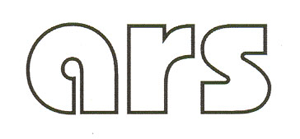By observing the iconography on the printed work of these two artists from distinct contexts, it is possible to establish an approach. Both of them have practiced thematic/chromatic repetitions and variations. An exhibition held at the Louisiana Museum of Modern Art (Denmark) brought these artists together, side by side. The exhibition's curator Poul Erik Tøjner states that both of them share a rhetorical consciousness upon the means and aims of art. Munch's rhetoric, which is based on Symbolism, goes far beyond the reiteration of a thought about the ghost of absence, many times materialized in stain, shadow and double. Warhol, emerging in the 1960's in New York, chose the silkscreen - a method used in advertising - to "paint" his icons - Hollywood stars, almost all of whom bound to a tragic fate. His images - Marilyns, electric chairs, cans of the Campbell soup, etc. - have as a theme not the presence of such beings and objects, but their absence.
printed image; repetition; variation; Munch; Warhol

